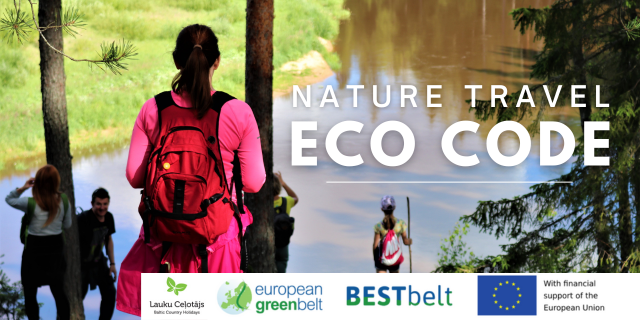Section 99. Jāņukrogs – Bigauņciems.
Ķemeri National Park (founded in 1997) was founded mainly for the protection of wetlands – shallow shores of the Gulf of Riga, overgrown seaside lakes, vast bog massifs, wet forests (swamps) and floodplain meadows. 25% of the plant species recorded in the Latvian Red Book have been identified here. There are also important habitats for nesting and migratory birds. The park has one of the largest bogs in Latvia, the Great Ķemeri Bog (Lielais Ķemeru tīrelis), and the others – the Green Bog (Zaļais purvs), the Witches' Bog (Raganu purvs). In the large bog massifs, there are formed sulphur waters and medicinal sludge, which was once the basis for the establishment of the Ķemeri resort. On the surface of the ground, springs flow into Ķemeri. Wet deciduous forests, including the Vēršupīte swamp forest, are one of the most diverse habitats in Latvia in terms of the number of species. Their seasonal flooding is evidenced by the thick root collar of black alder, which resembles mangrove stands. Nearby the Ķemeri Forest House, there is the Melnalkšņu swamp forest trail, built on piles, for exploring the bogs. The most impressive views in the Vēršupīte swamp forest can be seen in spring floods or in other seasons after heavy rains, when the small river leaves the banks and floods large areas. Another place where you can explore Vēršupīte swamp forest is the walking trail of Sloka lake.










